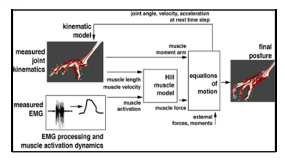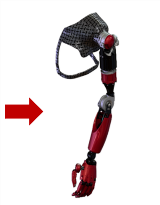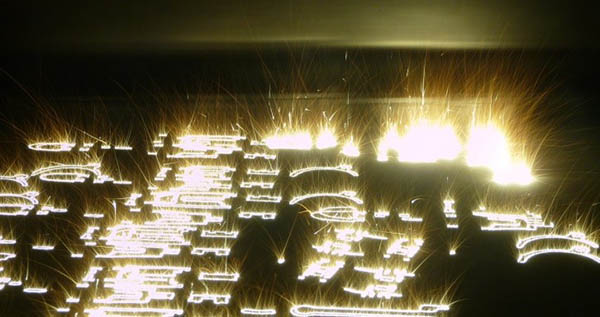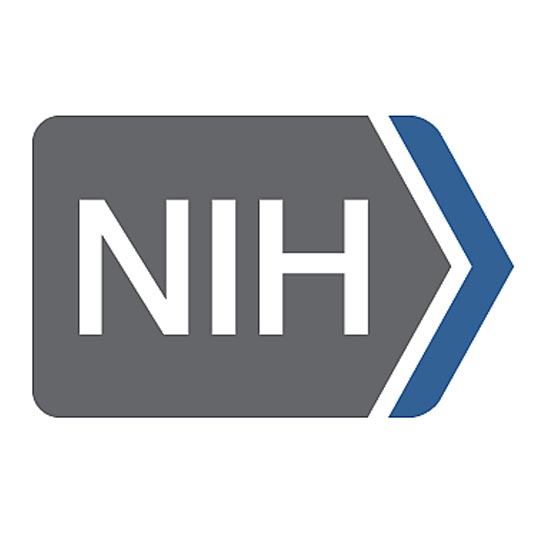Weir Biomechatronics Development Laboratory
Specializing in prosthetic limb systems at the CU Denver|Anschutz Medical Campus
Innovating Prosthetic Limb Systems
The Weir Biomechatronics Development Laboratory strives to develop better prosthetic limb systems by conducting research in fields ranging from 3D metal printing to optogenetics. We believe that finding solutions requires pushing the bounds of technology and creativity every day. Our goal is to practically apply our knowledge to give back independence and confidence to people who use prosthetic limbs.
Fitting 3D metal fingers to user's needs
Designing new postural control systems
Assembling 3D printed steel prosthetic fingers
Researching novel optogenetic nerve interfaces
Developing miniature motor controllers
Collaborating to build better prostheses
Research Areas
Learn more about each of our research areas by clicking on the components of the interactive diagram below.
News
Passed Comp Exam!
Tom DosSantos DiSorbo passed his comp exam in December 2023!
SfN 2023
Tyler Currie and Kathryn Mirandette presented at SfN 2023 in DC!
2023 VA Research Day
Amber Bollinger placed 2nd in the Poster Competition at the 2023 VA Research Day!
Passed Comp Exam!
Michael O'Donnell passed his comp exam in September 2023!
-
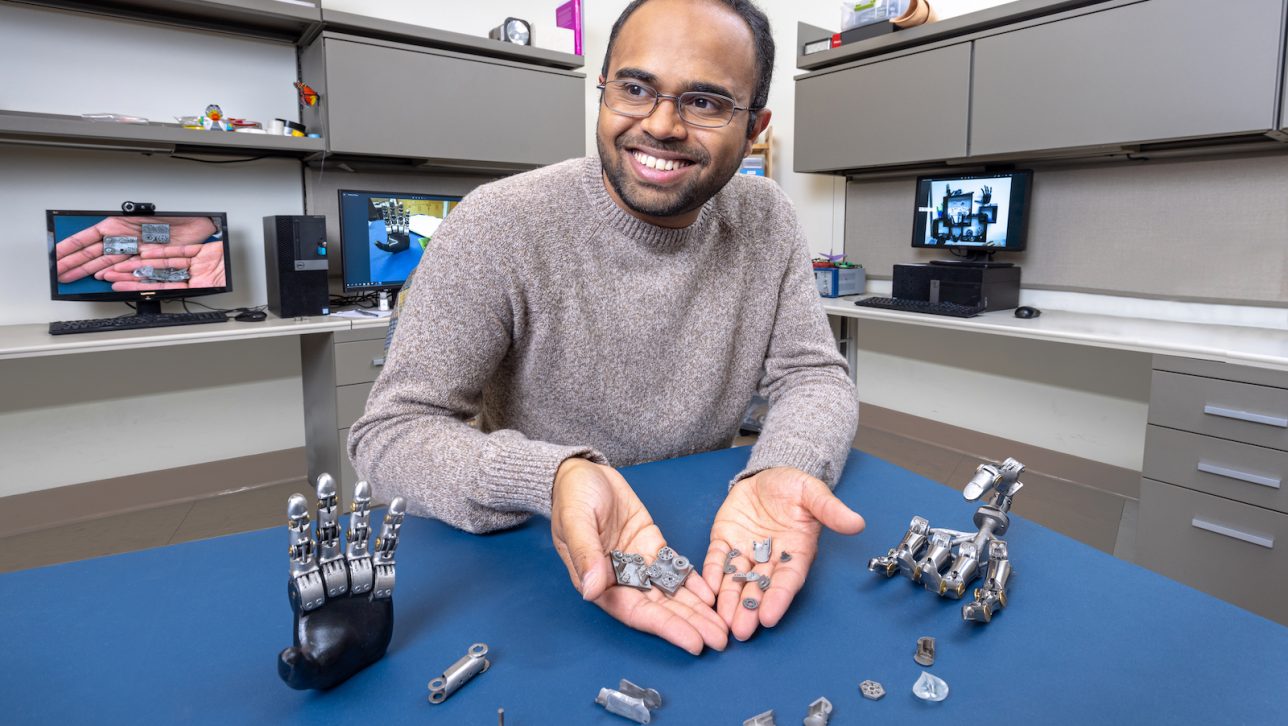
-
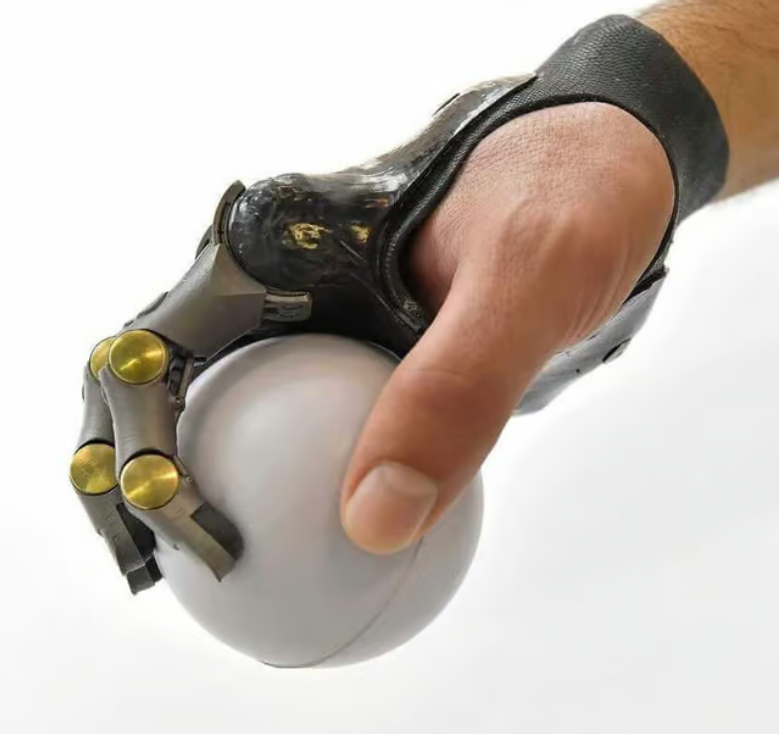
-
.jpg?sfvrsn=277d0ba_0)
VA did that: Next generation prosthetics for Veterans of all erasOpens in a new window
Oct 13, 2021VA Does That: The bionic hand Dr. Segil, a mechanical engineer, is designing a prosthetic hand system that can send feedback to the brain, creating the sense of touch. His work connects to Dr. Tyler’s: the nerve cuff electrode. This technology allows for electrical signals to be sent to electrodes surrounding the nerves and then to the brain, creating the feeling of touch.Opens in a new window Full story -

Point Designs LLC awarded a a Phase 2 Small Business Technology Transfer (STTR)
Feb 27, 2020Point Designs LLC recently received a Phase 2 Small Business Technology Transfer (STTR) award by the Eunice Kennedy Shriver National Institute of Child Health & Human Development of the National Institutes of Health entitled The Point Digit: A ratcheting prosthetic finger technology using advanced rapid manufacturing technology.Full story -

Bioengineering is top-ranked biomedical engineering program in Colorado; moves up by 10 in national rankings
Mar 19, 2019The bioengineering graduate program moved up 10 spots in the U.S. News and World Report’s 2020 Best Graduate Schools Report, published March 12. The program is now ranked number 69 in the country, and is the top-ranked biomedical program in Colorado.Full story

